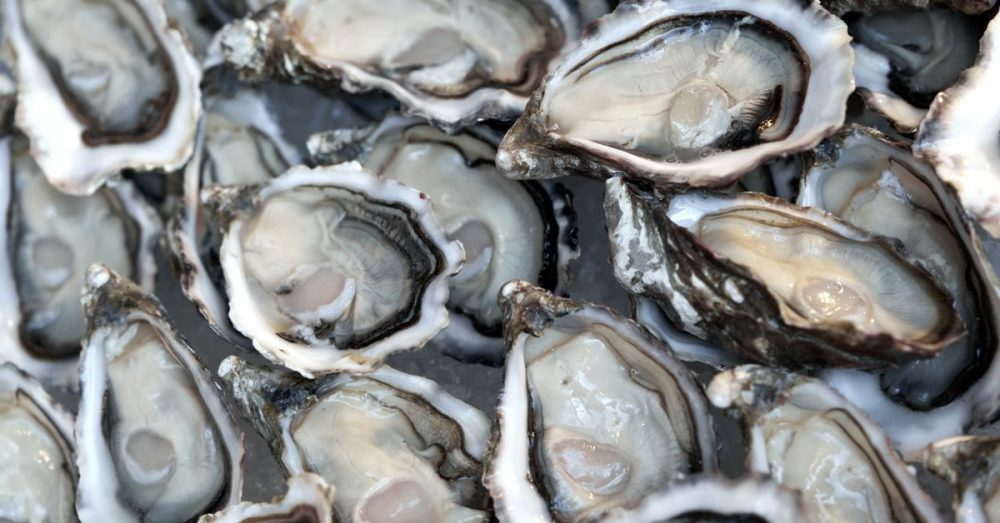Nothing complements seafood like a side of fiberglass, so why not just have some of it worked right into your oysters and muscles?
It is a troubling trend some researchers have purportedly discovered as more marine delicacies are showing up containing the material.
Because, really, who doesn’t love a little extra texture in their seafood? Fiberglass: the new gourmet trend nobody asked for. Now, every bite is an adventure, as you ponder whether that crunch is a pearl or a tiny shard of man-made material.
Here’s some of what Newsweek reported on this unsettling development:
Scientists have issued a warning after finding worryingly high levels of fiberglass inside oysters and mussels. This is the first time the tiny glass fragments have been identified in the marine food chain, raising concerns for both human and environmental safety.
Fiberglass is a reinforced plastic material embedded with extremely fine fibers of glass. The material is lightweight and durable and is frequently used in the manufacture of boats. However, scientists have shown that, over time, this material can break down in seawater and contaminate coastlines.
Bivalve species like oysters and mussels are particularly vulnerable to these particles due to their filter-feeding style of eating—to access nutrients, these animals take in water from their surroundings and pass it over their gills, which effectively filter out particles of food. However, if the water is contaminated, toxic particles can easily enter into their bodies too and accumulate in their tissues.
“Through their filter feeding they are ingesting huge number of particles they mistake for food,” Corina Ciocan, principal lecturer in marine biology from the University of Brighton in the U.K., told Newsweek.


